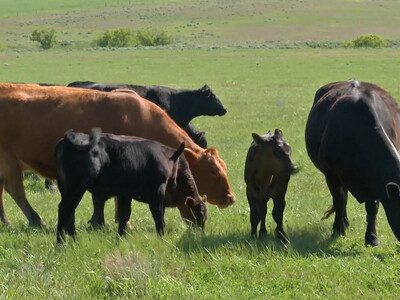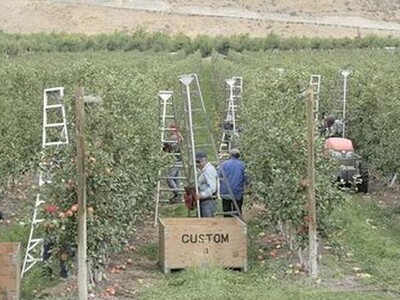Fishing Weirs
Fishing weirs are structures historically used by Native Americans and other hunter-gatherer societies to catch fish in streams, lagoons, and other water bodies. An entry from Lewis and Clark’s journals from 1805 described a fence-like structure built by the Shoshone tribe on the Lemhi River in Idaho.Fishing weirs have now been widely used in streams across the world as a tool for biologists to study fish and many still look similar to historical structures. The Idaho Department of Fish and Game operates several temporary weirs on some Idaho rivers as well as permanent weirs built at hatchery facilities to monitor spawning fish populations. The weir directs fish into a trap enclosure where they can be netted out and sampled before being released to continue their journey upstream to spawn.
Monitoring the important population of steelhead, for example, is crucial to understanding how these fish are doing in relation to ocean conditions, river travel, and other factors. During these times of low returns and uncertainty, we are able to learn from the past and we know that this particular population has gone through its ups and downs multiple times. So far this year, we have trapped ten adults at the weir which is already a little higher than last year. We hope this trend continues through the rest of the trapping season this year and in years to come.















